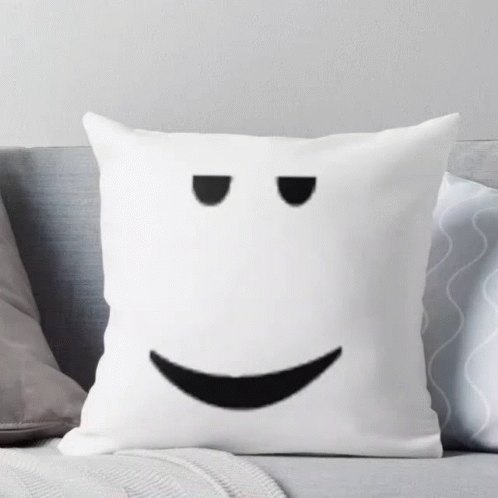Recording Environment Hack 4/30 #NaPodPoMoMPC
4 comments
A simple RECORDING ENVIRONMENT HACK
In the "Location, Location, Location: A Simple Audio Environment Test" prompt from day two, we recorded audio in two rooms, one with hard surfaces and one with soft surfaces. That exercise taught us that soft surfaces offer a sound buffering effect which produces a better audio experience.
But what if you cannot control the environment where the recording is going to take place? Like perhaps in a hotel room while you're traveling or in an office environment where hard surfaces abound.
Hotel Room Audio Hack
Luckily your hotel room has carpet, bedding, curtains, and a desk for your recording session. So we are off to a great start. However, there are some things you can do to improve your audio quality even further.
For this hack you'll need 3 things:
TowelTwo pillowsBedding
Step 1: Lay out the towel flat on the desk.
Step 2: Put your device phone/laptop on the towel.
Step 3: Form a "V" shape with the two pillows on either side of your device.
Step 4: Grab the bedding and put it on top of you so that you are in a quiet cocoon.
This configuration is the ultimate in soft surface heaven. However, this wonderful audio buffer does come at a cost, you will get heated rather quickly. So, either plan for a short recording session or know that you will want to give yourself cool air breathing breaks in between recording segments of your podcast
The fun part? All those years of childhood pillow and blanket fort fun now has real value for your podcast.
Office Audio Hack
Unfortunately, most office environments are nothing but hard surfaces. So what's a podcaster who cares about the listener audio experience to do?
If you have a couch somewhere in the office that has pillows, borrow them. If you have a sweater, hoodie, jacket, lap blanket, then there is hope!
Much of what we did in the hotel room hack is also something we can do in the office. Take a hoodie/sweater and put that on your desk. This is a hard surface we can soften and so we shall. Take the office couch pillows and put those in a "V" formation around your device. Finally, throw the jacket or lap blanket over your head and record away!
Adjust Accordingly
These hacks are heavily focused on the audio experience. But what if you have a video podcast? You can do the exact same thing MINUS the bedding/blanket over your head.
You may be wondering if going through this effort is worth it. Will you sound like you are in a recording studio? Nope. However, by introducing soft surfaces to a place rife with hard surfaces, you will improve the audio experience overall.
TAKE ACTION
It's time to put this into action. Grab some pillows, a blanket, and a towel. Now build your podcast pillow and blanket fort!
- Record audio in the room before the pillow and blanket fort is built. This is your baseline recording.
- Once the fort is built, record a second time.
- Listen back to compare the two audio experiences.
Make note of the difference. Also make note if the difference is not noticeable enough to get heated up underneath the blank. Sometimes, it's just not. Knowing the difference and making the decisions based on that knowledge is key.
Be sure to share your audio hack experience in the NaPodPoMo community of choice (FB, X, or Hive).

Comments